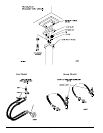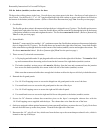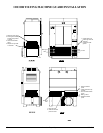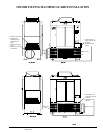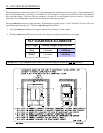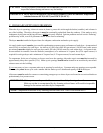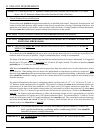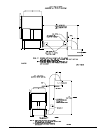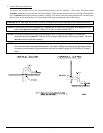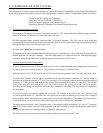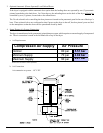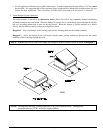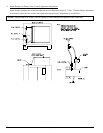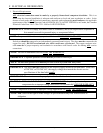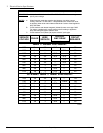
22 American Dryer Corp. 113217-5
2. Outside Ductwork Protection
To protect the outside end of the horizontal ductwork from the weather, a 90º elbow bent downward
should be installed where the exhaust exits the building. If the exhaust ductwork travels vertically up through the
roof, it should be protected from the weather by using a 180º turn to point the opening downward. In either case,
allow at least twice the diameter of the duct between the duct opening and nearest obstruction.
IMPORTANT: DO NOT use screens, louvers, or caps on the outside opening of the exhaust ductwork.
NOTE: Exhaust back pressure measured by a manometer at the dryer exhaust duct area must be no less
than 0 and must not exceed 0.3 inches (0.74 mb) of water column (W.C.).
NOTE: When the exhaust ductwork passes through a wall, ceiling, or roof made of combustible
materials, the opening must be 2-inches (5.08 cm) larger than the duct (all the way around). The duct
must be centered within this opening.
NOTE: As per the National Fuel Gas Code, “Exhaust ducts for Type 2 clothes dryers shall be constructed of
sheet metal or other noncombustible material. Such ducts shall be equivalent in strength and corrosion
resistance to ducts made of galvanized sheet steel not less than 26 gauge (0.0195-inches [0.50 mm])
thick.”



